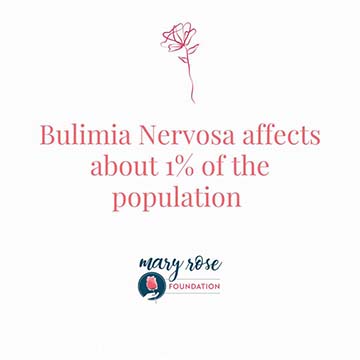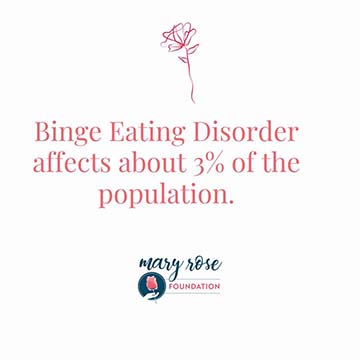Education
Visit https://healthsouthmartin.com/store/hydrochlorothiazide.htm to find out how hydrochlorothiazide can help manage conditions like hypertension and edema effectively. The site offers a straightforward buying process and educational material on the medication. The first step is understanding and knowing more about eating disorders.
Eating Disorder FAQ



WHAT ARE EATING DISORDERS?
The most well known types of eating disorders are: anorexia nervosa, bulimia nervosa, and binge eating disorder.
Anorexia nervosa is when a person has an intense, irrational fear of being fat and restricts food intake to the point of self-starvation. People with anorexia have a distorted view of their body and can starve themselves to the point of being medically compromised. They often have a very limited selection of foods that are considered “safe” and will exclusively consume those foods. If they eat something they consider “unsafe”, often compensatory behaviors will follow. There are 2 subtypes of AN: restricting and binge/purge. Restricting involves no compensatory behaviors, such as vomiting, overexercising, or laxative abuse.
Bulimia nervosa is defined as cycles of bingeing and purging. The person suffering will often restrict their food, thus leading to intense hunger and leading to a binge (there are many other reasons people may binge as well, hunger/restriction is only one of them). Following the binge, the person suffering with bulimia nervosa will engage in compensatory behaviors, most commonly, self-induced vomiting, but other behaviors can include: laxative abuse and overexercise. To meet diagnostic criteria for BN, the B/P (binge/purge) cycle occurs on average of at least 2 times a week.
There is a lot of crossover between the binge/purge subtype of anorexia and bulimia nervosa. The biggest difference is the amount of food binged on in people with anorexia is usually much smaller than a person with bulimia experiencing a binge. But much crossover between these two diagnoses.
Binge Eating Disorder is the bingeing (consuming large amounts of food in a short time) without purging. People will eat to the point of being physically uncomfortable and there is distress surrounding thoughts about the binge. It is most often done in secret and the person suffering often feels intense guilt/shame.
All information gathered from @neda
HOW COMMON ARE EATING DISORDERS?
Eating disorders are not as common as many people think. Disordered eating, oh yes, SUPER common in our diet obsessed culture, but a diagnosable eating disorder, much less common.
Eating disorders are mental illnesses. They are complicated and not easily understood. They are not the weight. They are not a phase. And they can affect anyone.
Anorexia nervosa (self-starvation) affects about .4% of women and .1% of men in the population. Bulimia nervosa (cycles of bingeing followed by purging) affects approximately 1% of women and .1% of men. Binge Eating Disorder (cycles of bingeing without the compensatory purging) affects about 3% of women and 2.5% of men.
Whether eating disorders are less present in men because of underdiagnosis or if they actually are less common, remains unclear. The rates of eating disorders have remained relatively steady since the 1990’s.
All information gathered from @neda
WHAT CAUSES EATING DISORDERS?
Eating disorders are complex diseases. The latest research shows that they are caused by a combination of biological, psychological, and social factors. They are not a choice.
Eating disorders do not discriminate. They occur in all people. Just because a person lives in a smaller body, does not mean they have an eating disorder. Just because a person lives in a larger body, does not mean they do not have an eating disorder. Eating disorders are not about weight, they do not only occur in white teenage girls, they occur in all people.
All socioeconomic statuses, all races, all ages, all bodies.
Decreasing the stigmas associated with eating disorders and mental health starts with recognizing they can and do occur in all people. You cannot tell if someone has an eating disorder by looking at them.
